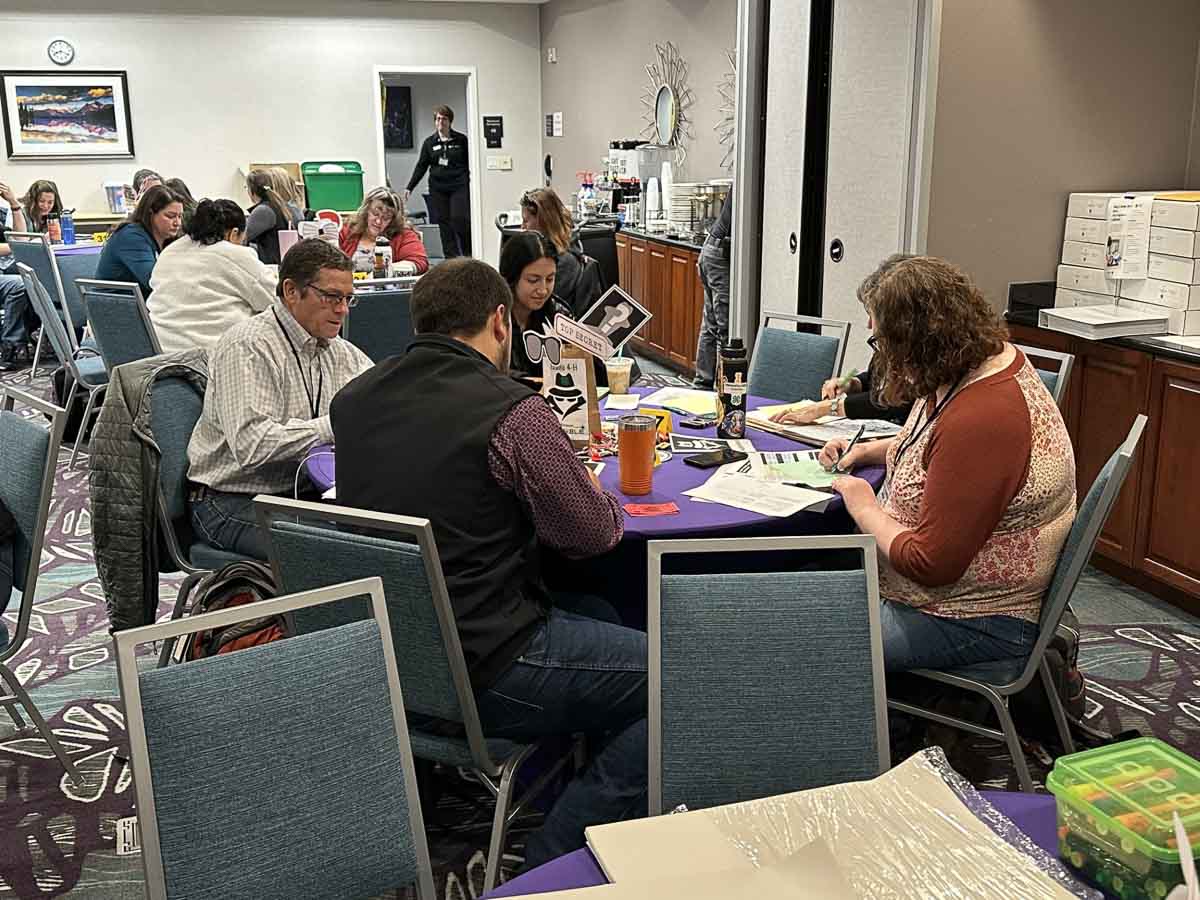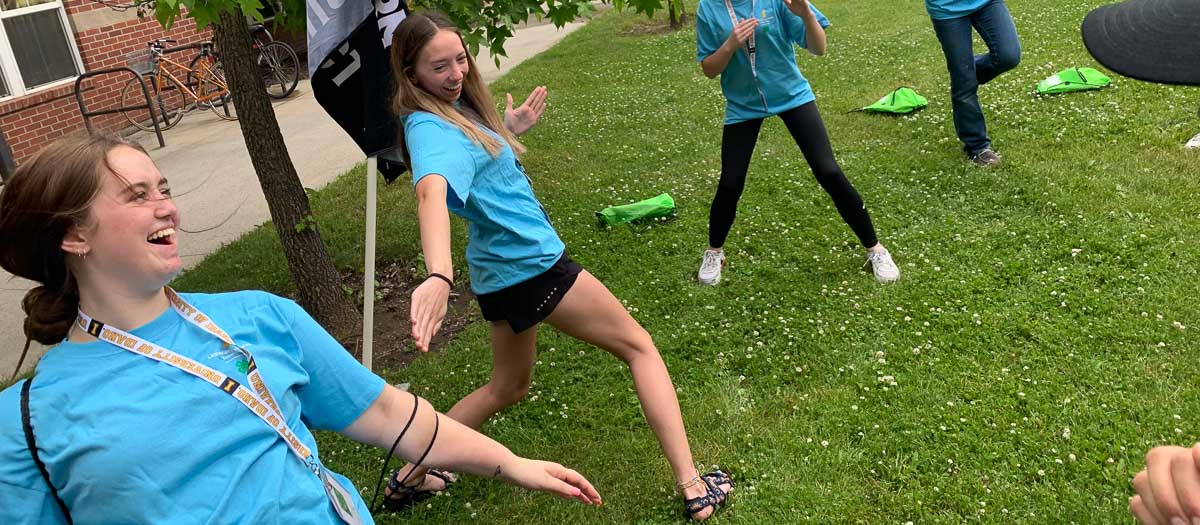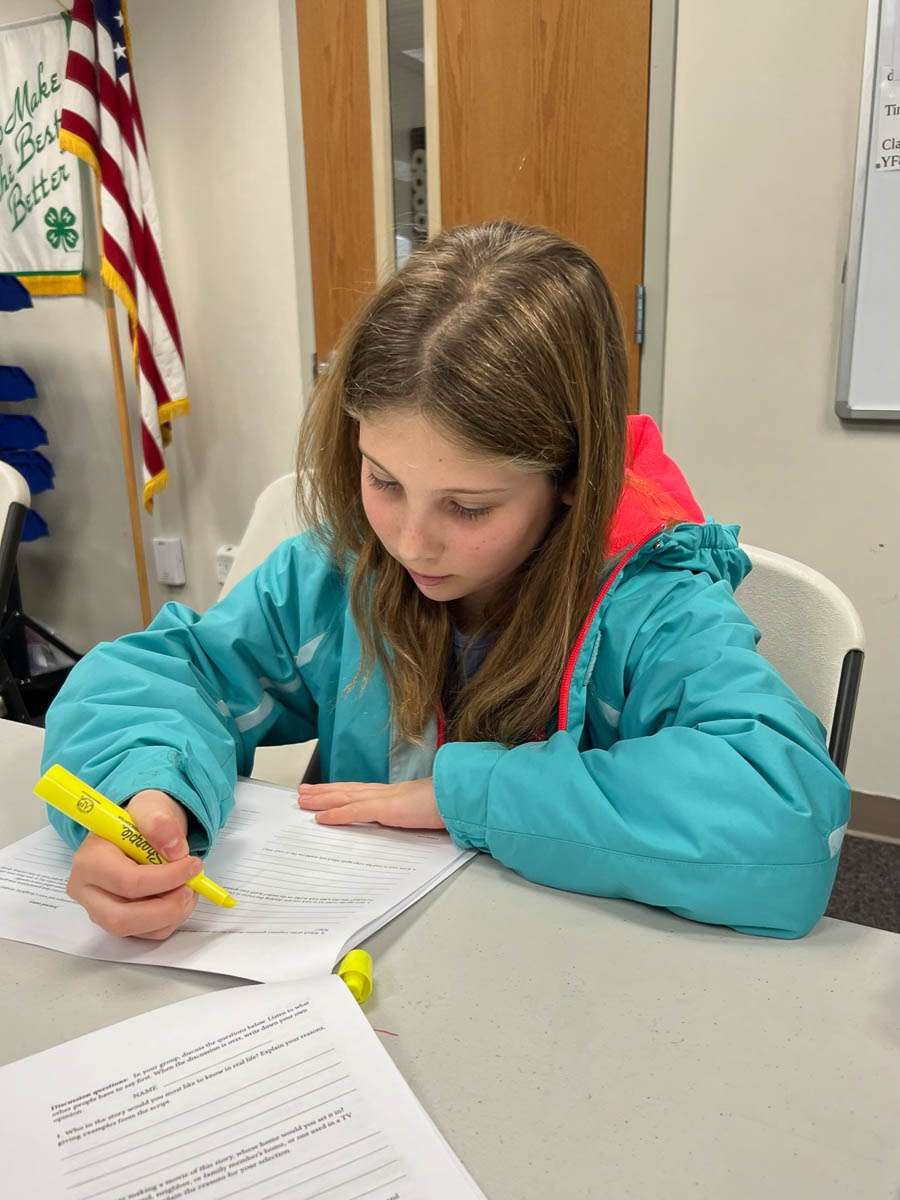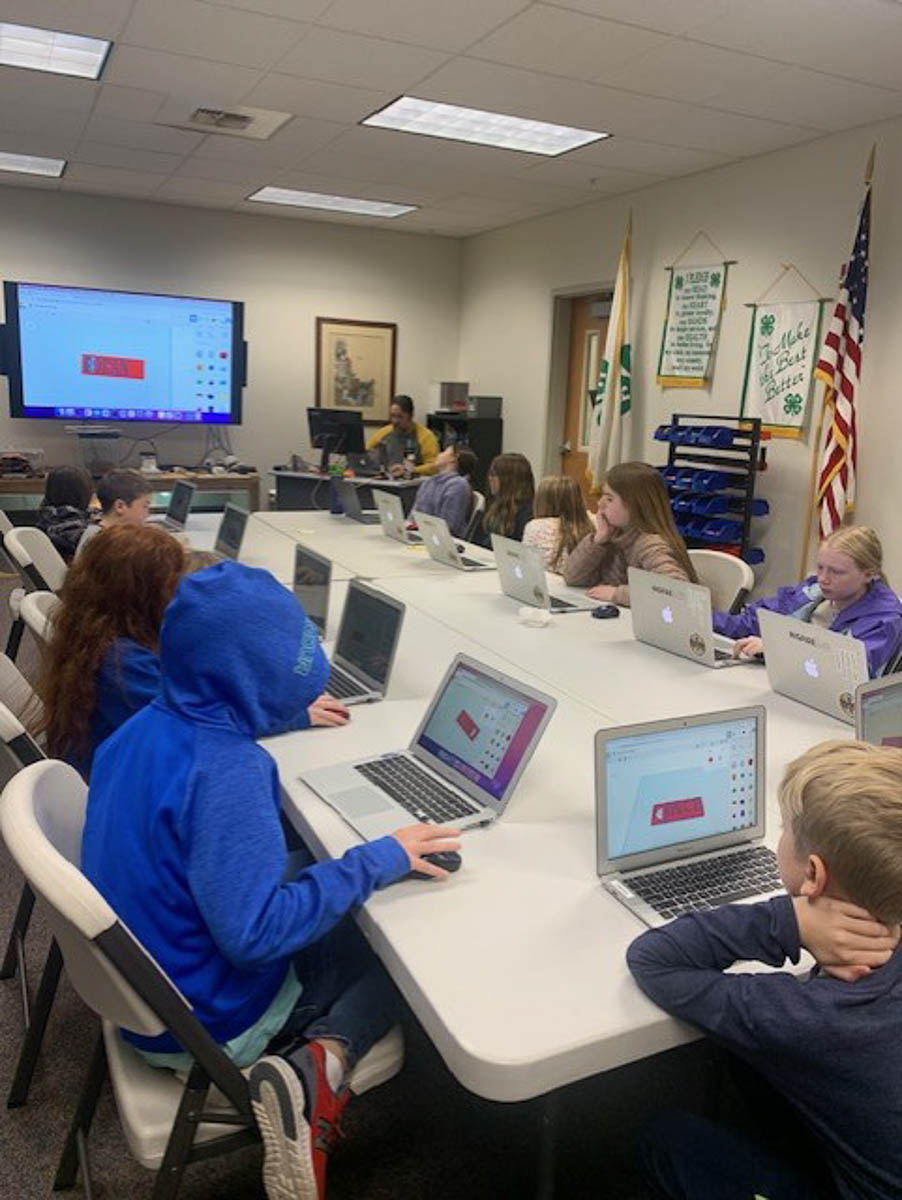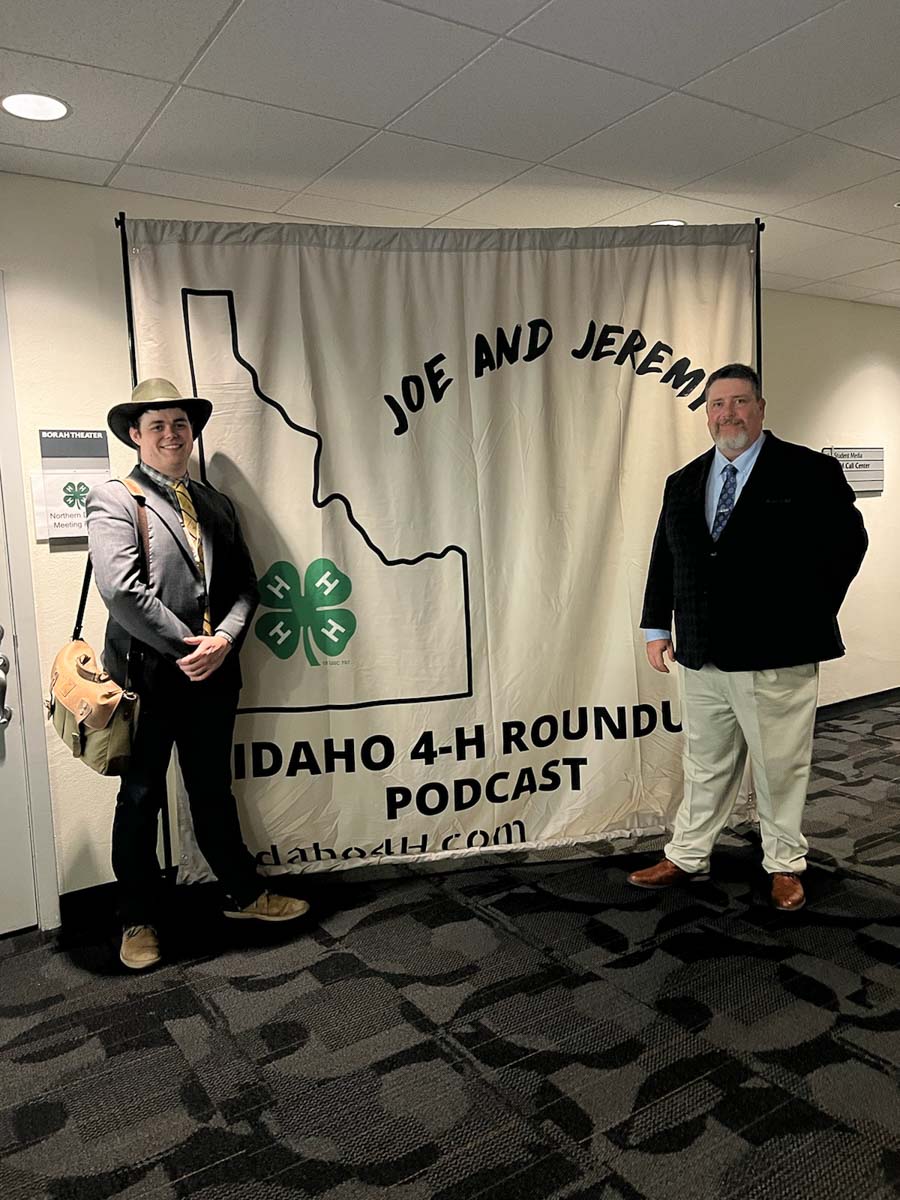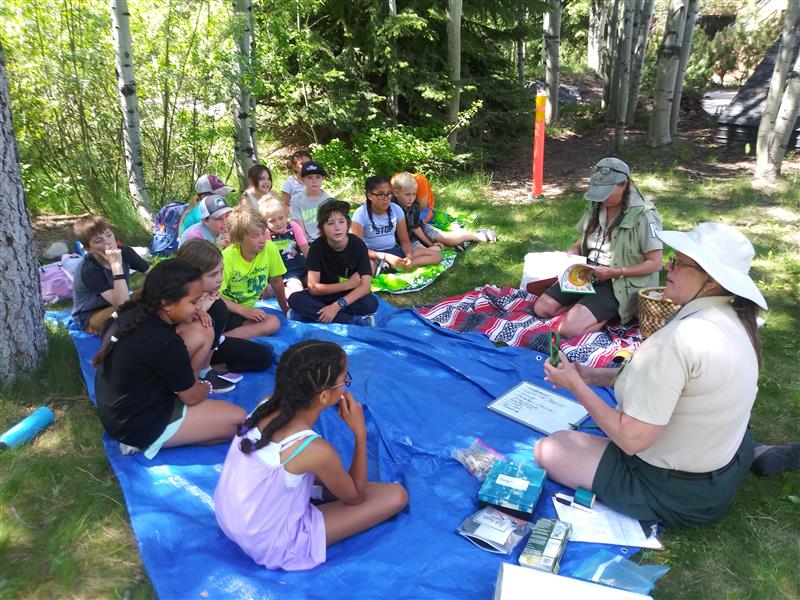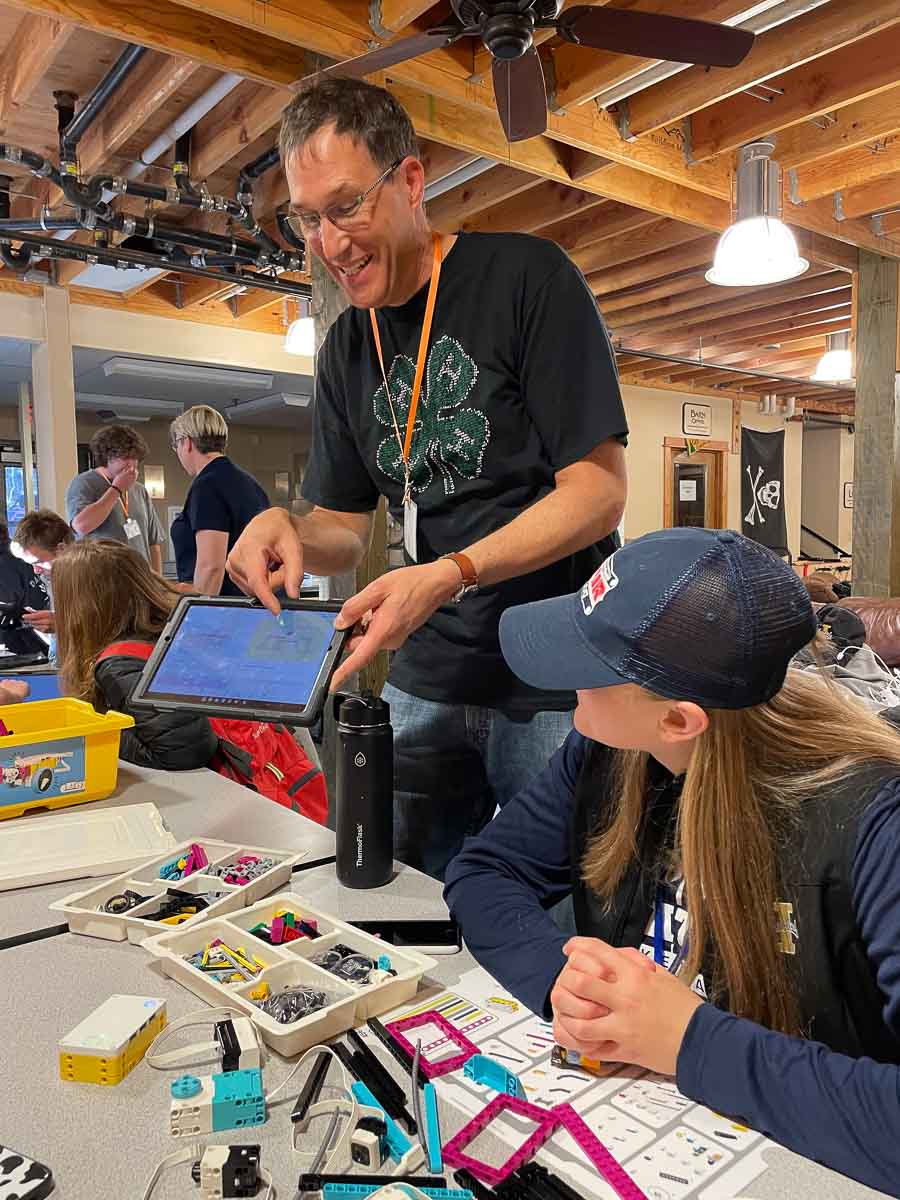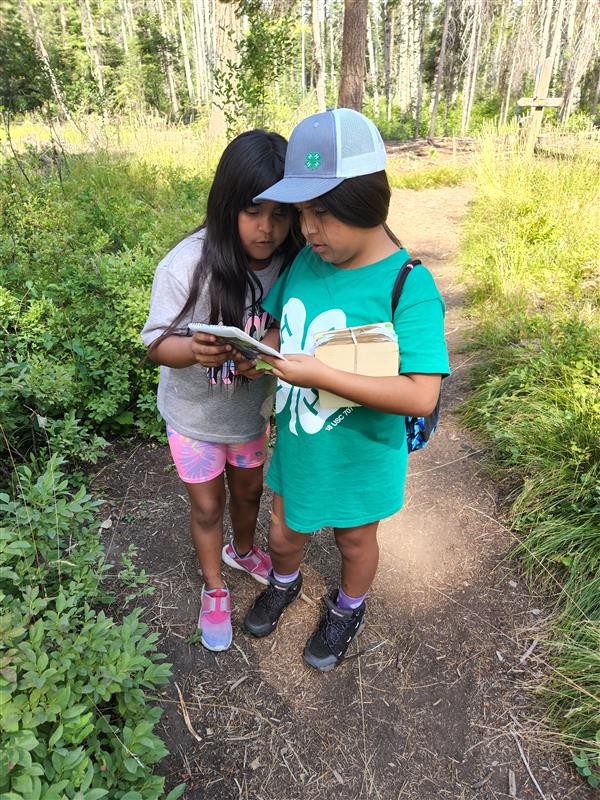4-H Matters, November 2023
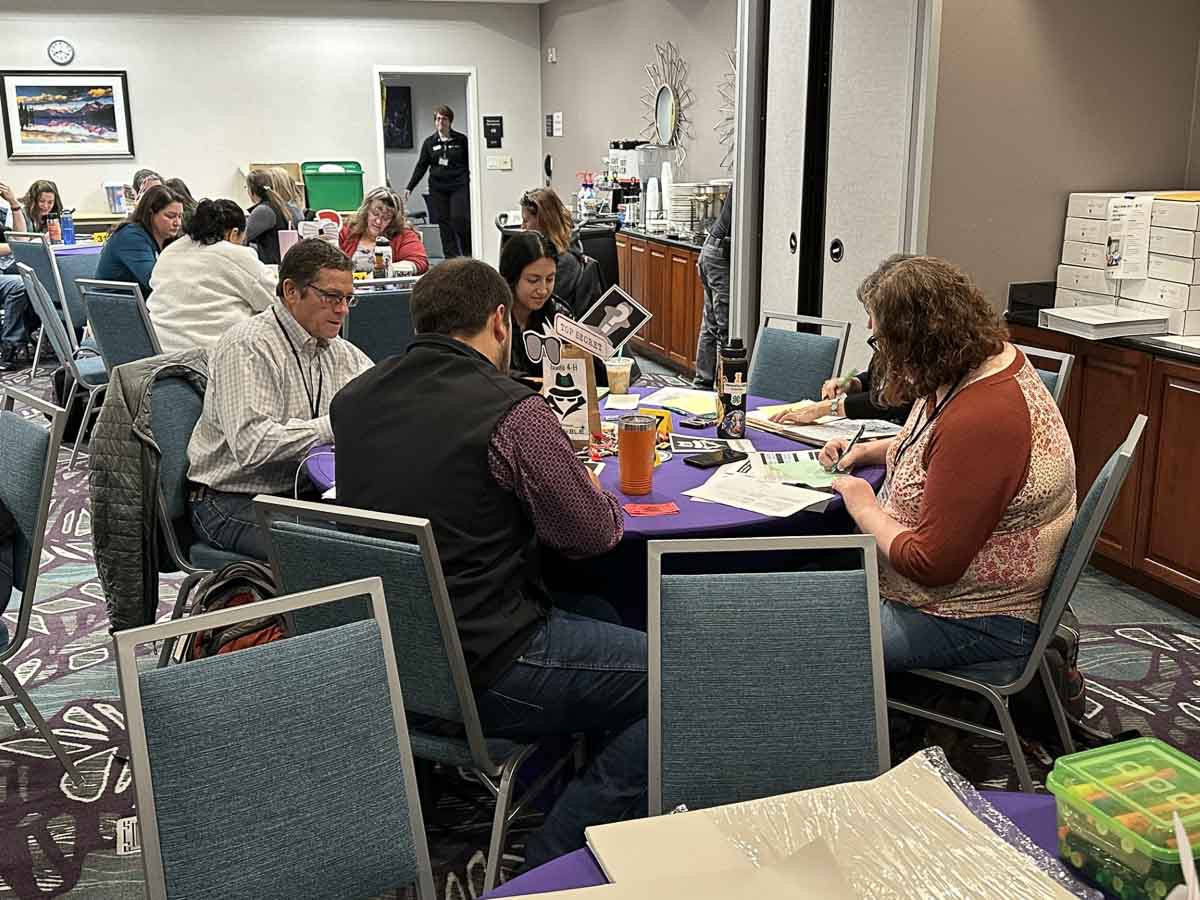
Director's Message
How time flies when you’re having fun!
The 4-H state office team just wrapped up the annual 4-H in-service in Boise. We welcomed 54 educators and coordinators from around the state during Nov. 6-8. Many hours of hard work are spent planning an in-service and I want to thank the planning committee and the participants for taking so much time to ensure a high-quality program.
One of the questions that I have been asked numerous times, including during my interview seminar last fall, has been, “What is your vision for Idaho's 4-H?” I have always had a tough time answering that question because that decision is not up to me. It is a team decision made by 4-H faculty and staff at the state and community levels, 4-H volunteers, 4-H stakeholders and 4-H members.
On Tuesday morning, I co-presented a topic with my colleague, UI Extension, Northern District Director Rusty Gosz, built around the book “Start with Why” by Simon Sinek. Through hands-on workgroup initiatives, participants were challenged to reflect on the reason they come to work each day, as well as why they are inspired to make a difference in the lives of youth and their families year in and year out. Until every educator, coordinator and participant in the 4-H program understands their personal “why” and 4-H’s collective “why,” we won’t make the impact we are destined to make in Idaho. So, to answer that question of what my vision is for 4-H, I guess the answer is to facilitate the process to investigate, discover, understand and effectively communicate the “why” of 4-H repeatedly to all who will listen.
The “find our why” conversation at the recent 4-H in-service was only the beginning. We plan to form a Why Council made up of individuals representing all the groups mentioned above to gather data and determine a concise statement to communicate why we aspire to make a difference in the lives of Idaho youth and why it’s important to each of us as individuals. Then, we will provide the tools needed to remind internal and external stakeholders of the message and disseminate the message consistently.
Have a wonderful holiday season with friends and loved ones.
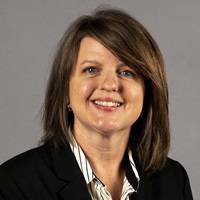
Angie Freel
Director
UI Extension 4-H Youth Development
Our Stories
A Fun Place to Learn
The more than 300 kids in the Post Falls area who regularly use the 4-H STEM Learning Center call it by another name. To them, it’s the 4-H Clubhouse.
Established in May of 2022 by Teresa Balderrama, an associate educator with UI Extension 4-H Youth Development, the 4-H STEM Center offers children who pay a $40 annual 4-H enrollment fee a fun place to spend time with friends and partake in favorite activities.
While a growing group of 4-Hers look to the STEM Center for recreation and entertainment, it also provides the closest thing to a structured school environment most of them experience.
Idaho is one of only two U.S. states with no laws governing the homeschooling of children — a fact that attracts many families looking for an alternative to traditional schooling systems. Many of those families in northern Idaho — as well as some in neighboring eastern Washington — have seized upon Balderrama’s unique program to provide their homeschooled children with structure, socialization and a diverse offering of educational content.
Furthermore, a local charter school has expressed interest in tapping 4-H amenities and 4-H curriculum for its project-based learning content.
The STEM Center is based at the UI Extension office in Kootenai County, located in Post Falls. A $700,000 federal American Rescue Plan Act grant has been used to rent the facility and purchase some of the STEM equipment but is set to expire soon.
“We have all of these homeschoolers who are at home by themselves or with their siblings, and they come here and it’s like a community of kids,” Balderrama said. “They want to come and be with the friends they’re making. They can participate in something that isn’t just their home and their family.”
The STEM Center is open from 9 a.m. to 5 p.m. Monday through Friday. Parents provide their own transportation. In addition to homeschoolers, the facility serves Kootenai County’s traditional 4-H clubs and programs.
The program started in a small room and grew as users suggested additional program offerings. Balderrama secured an $80,000 grant to hire two part-time workers, and she also employs a full-time program coordinator through AmeriCorps. She recently secured an additional $80,000 grant toward staffing.
Most participants spend about a full day each week at the STEM Center, and some use it multiple days per week.
The program now boasts a 3-D printing lab, a robotics lab, a sewing and textiles lab, a laptop computer lab and a video lab. The video lab includes a teleprompter and camera equipment, used by children for producing a weekly newscast for 4-Hers, available on YouTube.
After completing courses on how to use the technology in each lab, children are welcome to work independently with the equipment during open lab time. The STEM Center provides some participants with their sole access to a computer. Balderrama and her small staff help them make the most of the laptops, offering classes in keyboarding, Microsoft Word, Excel and PowerPoint.
The program also offers courses in topics such as Idaho history, speech, water conservation, arts and crafts and even etiquette, as well as a book club and outdoor activities such as archery and snowshoeing. Many of the teens landed part-time jobs during a jobs fair they organized.
“One of the things they wanted was a class on cursive writing,” Balderrama said. “They think they can write in some kind of code or something. It’s pretty funny.”
Also in response to popular demand, they’ve added a brown-bag lunch period, enabling children to eat with friends.
They’ve organized several short science lessons. One involved studying an embryo developing inside of an egg. Another entailed building a simple machine from popsicle sticks to move a bucket of water. UI Extension's Idaho Master Gardeners aided in a citizens science project during which children caught bees and logged them into a national database. Kids who participated in a Harry Potter inspired camp got to analyze owl pellets. Others learned the principles of physics by building and modifying LEGO cars, and children on the robotics teams host monthly scrimmages with robots they engineer themselves.
Lesley Barrios, of Coeur d’Alene, brings her children Branson, 8, and Averie, 10, to the STEM Center twice per week for etiquette and Reader Theater — a class in which children each read a part of a mystery script and try to solve it together. Homeschooling enables Barrios to teach her kids subject matter not commonly taught in public schools, such as cursive writing and Latin, and she believes both of her kids are well ahead of their grade level. The STEM Center provides an element of socialization and structure to their home-based education.
“I told my kids, ‘It’s good that you’re seeing a classroom setting because it helps you deal with different types of people,’” Barrios said. “We get together for playdates, but it’s nice to do something that’s organized where you work together. Homeschooling shouldn’t completely eliminate classroom settings.”
Beginning in January, Balderrama plans to start a series of workshops focused on creative skills such as leathercraft, sewing and cooking. The students will enter what they make in the North Idaho State Fair, which should also help grow Kootenai County’s traditional 4-H program.
Community service is emphasized at the STEM Center through neighborhood cleanups and food drives.
“The biggest thing we’re teaching these kids is life skills,” she said.
When they need a treat for a special occasion, they break out the popcorn machine. For example, they made a buttery batch for a “drive-in” screening of the cartoon movie “Cars,” during which they sat in pretend automobiles fabricated from cardboard boxes.
Parents and volunteers from the community pitch in where they can — one parent sharpens all the pencils. Balderrama anticipates demand for her STEM Center will only increase as more families turn to homeschooling.
“Every week, we probably add two to three new families to the program, so it’s growing like crazy,” Balderrama said. “I have this gut feeling when we see the next official Census, we’ll almost be able to take our brick-and-mortar school kids and pair them up with homeschooled kids at a one-to-one ratio.”
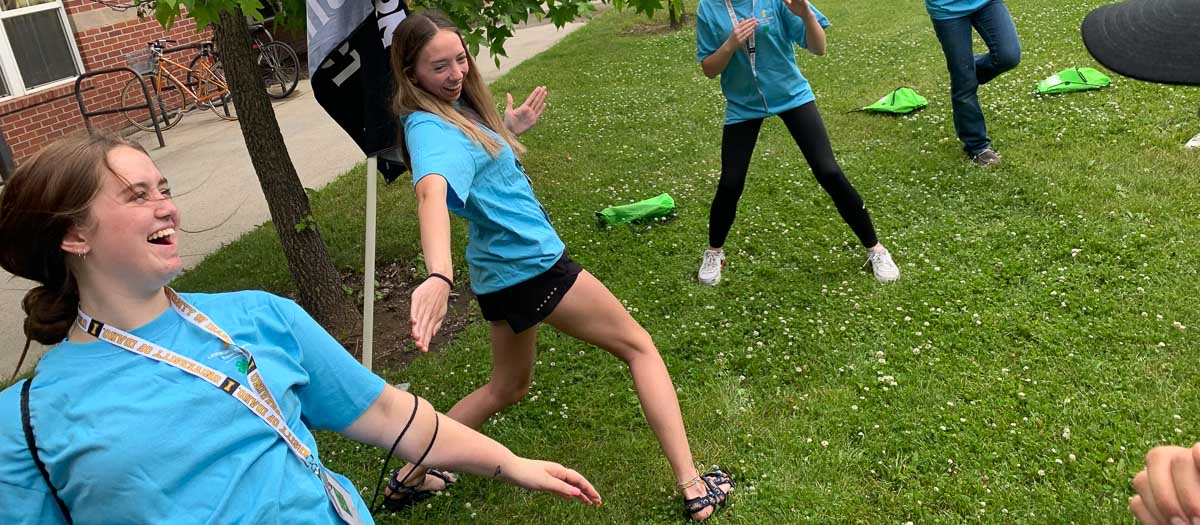
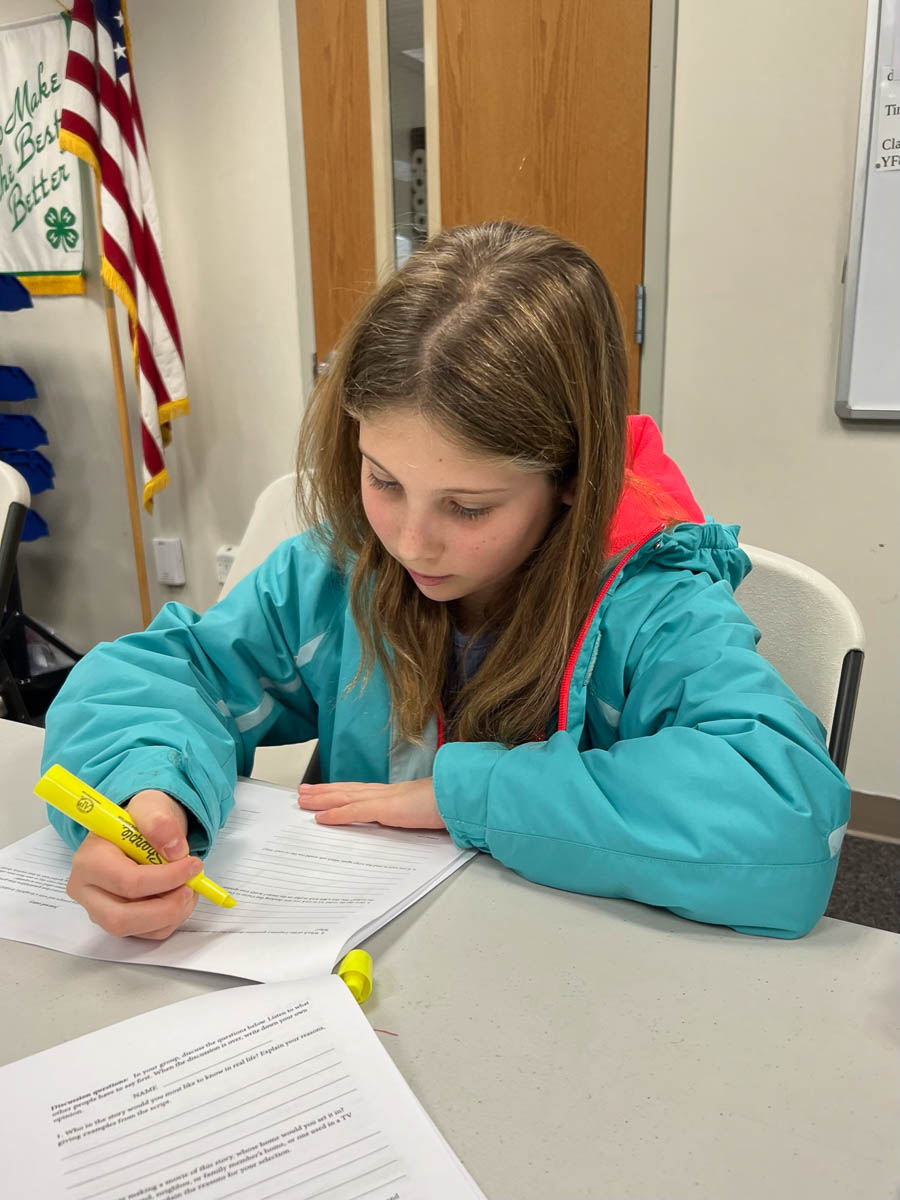
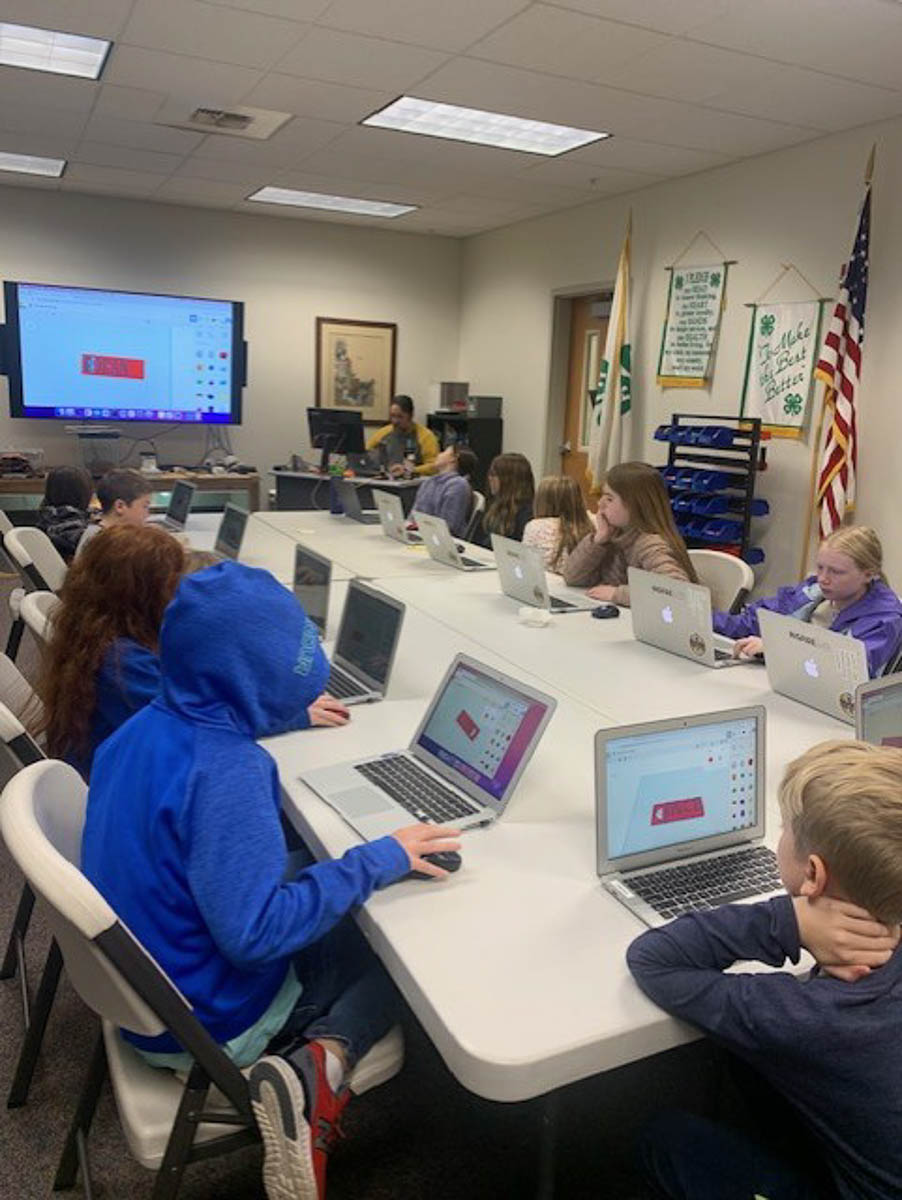
Volunteers Start 4-H Podcast
Jeremy Hampton coined the term “pockets of greatness” to describe the amazing and often unheralded stories made possible by University of Idaho Extension 4-H Youth Development.
Hampton and fellow 4-H volunteer Joe Stanley, ’18, regularly feature participating youth whose accomplishments rise to being pockets of greatness in a biweekly podcast they launched in mid-June, called Idaho 4-H Roundup. They consider it a testament to 4-H that these remarkable stories and accomplishments seem to abound in every region of the state, making deciding what content to exclude the hardest part of producing each roughly 45-minute episode.
Hampton, an environmental remediation consultant from Mackay, and Stanley, a lead automation engineer from Potlatch, post episodes at idaho4hroundup.com, along with links to donate to 4-H or learn more about the program. As volunteers, they’ve witnessed countless examples of youth emerging as leaders through 4-H, including members who were shy when they entered the program and struggled to fit in elsewhere.
“What 4-H really is about is caring adult volunteers creating safe spaces for youth to reach their potential without fear of being mocked, ridiculed or judged, along with excellent curriculum developed in an academic format and delivered by Extension,” Hampton said.
Stanley’s favorite story thus far, included in episode seven, highlights Keira Ferro and Maylee McConnell-Soong, of Caldwell. The girls conducted a needs assessment in their community — where 76% of families in the school district are classified as having limited resources — which led them to address hydration and nutrition among student athletes. They secured a grant through the National 4-H Council to purchase water bottles for track and field athletes. They also prepared snack bags for the athletes to eat prior to each meet. In a post-season survey, 84% of athletes indicated the snacks improved their performance.
The girls worked closely with Maureen Toomey, a UI Extension area educator and associate professor of health and wellness, and Lindsey McConnell-Soong, program manager for Idaho’s Well Connected Communities Initiative. They also prepared a professional poster with project details and results, which they presented in July at the National 4-H Council’s True Leaders in Equity Institute in Washington, D.C. 4-H youth from Utah are interested in implementing a similar project, and the girls plan to produce a guide explaining the steps they followed.
Hampton and Stanley believe the primary purpose of their podcast is communicating about projects organized and led by 4-H youth to members in other parts of the state, who may be inspired by the ideas.
“These are programs that are just outstanding and they’re localized, but they don’t need to be,” Stanley said. “These are programs that could be adapted elsewhere.”
Another popular podcast episode chronicles the Purple Potatoes — the Minidoka County team that placed in the top 10 at the National 4-H LifeSmarts Championship, hosted in April. LifeSmarts is a comprehensive consumer education program, offering competitions that quiz participants on consumer rights and responsibilities, the environment, health and safety, personal finance and technology.
Some episodes cover big events, such as the 2023 Idaho 4-H Learn, Engage, Act, Develop Summit (Idaho LEADS) hosted Oct. 6-8 at YMCA Camp Horsethief Reservoir. UI Extension faculty have also been guests on the program, including Angie Freel, director of UI Extension 4-H Youth Development, and Claire Sponseller, area UI Extension educator of 4-H STEM. Though Hampton and Stanley are certified 4-H volunteers, the program is not affiliated with the university and the opinions they express are their own.
The podcasts include a few recurring fixtures. In each episode, Stanley asks Hampton a 4-H-related trivia question. Youth are invited to give shout-outs to other 4-H clubs or organizations. Hampton reviews Facebook pages from 4-H programs throughout Idaho to compile a list of events and activities for their “What’s Happening in 4-H Now” fixture. They conclude each episode with a couple of bad dad jokes.
They’ve been averaging 80 to 120 listeners per podcast — and climbing as new listeners go back and download archived episodes.
The podcast partners met about seven years ago at a state 4-H event. Hampton was a chaperone, and Stanley was a college staff member. Their paths crossed many more times in the ensuing years at 4-H functions, and they became quick friends.
Hampton became involved in 4-H 17 years ago through his children’s participation. He’s been involved in several 4-H clubs and committees, the College of Agricultural and Life Sciences Dean’s Advisory Board and the UI Extension Advisory Board.
Stanley, who earned both a bachelor’s and a master’s degree in electrical engineering from University of Idaho, is the acting president of the Idaho Volunteer Association, a position formerly held by Hampton. Stanley started in 4-H as a Cloverbud — the entry program for 6- to 8-year-olds — and went on to become president of U of I’s collegiate 4-H program. He credits 4-H with helping him “find himself.”
“Early in high school I was about as shy and awkward as they come. That started to change as I got involved in leadership activities in 4-H,” Stanley said. “They found things that were good about me when I couldn’t see them myself. It was a warm and welcoming place that allowed me to try new things.”
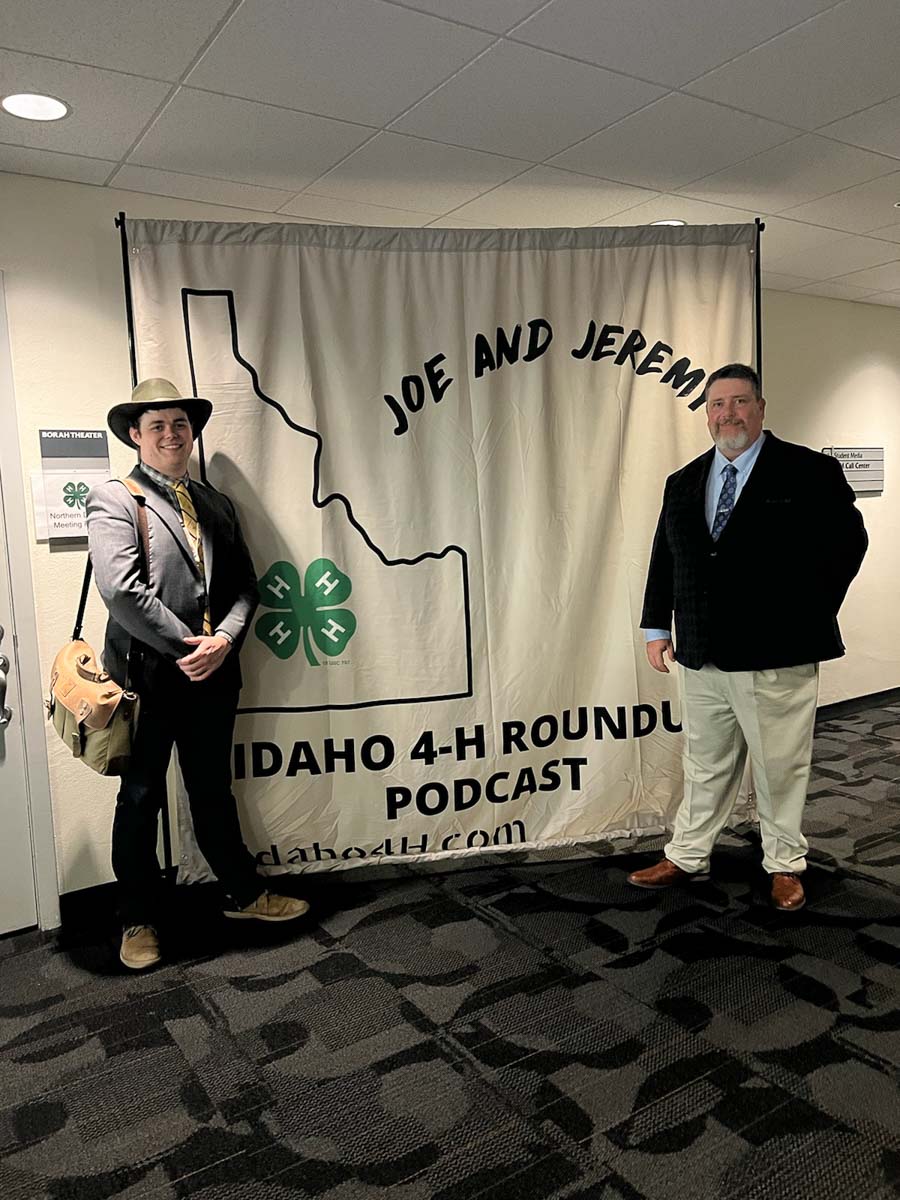
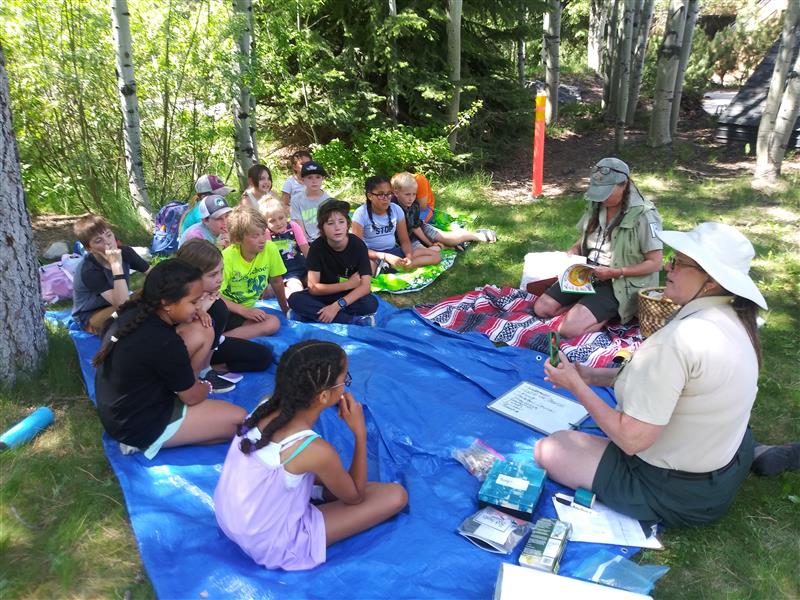
Grant Teaching 4-Hers Ag Science, Tech
U of I’s College of Agricultural and Life Sciences (CALS) secured two of USDA’s 11 NIFA Food and Agricultural Nonformal Education grants.
The first awarded $750,000 to UI Extension 4-H Youth Development to teach children about agricultural science and technology and introduce them to career opportunities in the field. The three-year project aims to reach 2,000 to 4,000 youth per year during out-of-school time through 4-H clubs, camps, after-school activities and special programs. Matt Fisher, a UI Extension area educator specializing in agriculture and STEM, and Mike Knutz, area 4-H youth development educator, are co-principal investigators of the project, which they’ve titled Agriscience Technology Pathways (ATP).
The second grant will fund a program submitted by Jae Ryu, an associate professor in the Department of Soil and Water Systems, empowering youth to design, build and fly drones during a workshop hosted in conjunction with the Idaho 4-H State Teen Association Convention. Ryu also received about $750,000 covering three years for his program.
ATP will be offered statewide and will encompass several facets. Fisher is developing learning kits to teach youth facts and science lessons about Idaho’s major commodities — such as potatoes, dairy and sugar beets — working closely with grower-funded commodity groups. The kits will be loaned to 4-H clubs, groups and camps in every region and will include lessons and hands-on activities, such as making a potato-powered clock or churning milk into butter.
Funding will also help overcome barriers to youth participation in 4-H programs where agricultural STEM curriculum is offered. For example, 4-H clubs or groups may receive funds to help cover bussing, as well as youth scholarships to help cover day camp or convention registration costs. Fisher and Knutz hope the funds will serve as the “carrot,” enticing 4-H event organizers to add agricultural STEM curriculum to their itineraries to be eligible for the assistance. In addition to the learning kits, Ryu’s iDrone 4-H program and an agricultural robotics program Fisher helped develop are available to program organizers interested in incorporating agricultural STEM curriculum.
“We’ve attended 4-H coordinator meetings and talked about opportunities for transportation and scholarships and curriculum kits,” Knutz said. “We’re hoping to reach youth who may not currently be served by 4-H.”
Fisher and Knutz will be partnering with AmeriCorps, providing training to the federally supported program’s volunteers enabling them to deliver agricultural STEM curriculum wherever they’re placed in Idaho.
They plan to facilitate field trips to U of I Research and Extension Centers providing 4-H youth the opportunity to interact with researchers and Extension professionals and witness some of the many career options in agricultural science. For example, their budget includes a biotechnology day camp to be hosted at the Aquaculture Research Institute at the U of I’s Hagerman Fish Culture Experiment Station. Jacob Bledsoe, an Extension specialist and assistant professor of aquaculture research, will lead hands-on experiments involving biotechnology and molecular biology.
“He sees in his own field it’s hard to find graduate students,” Knutz said. “He was very happy to be part of this program to help spark an interest for students to enter agricultural science careers.”
They’ve also arranged for tours of the Buhl commercial trout farm Riverence in conjunction with the biotechnology day camp.
They’ve been in discussions with many other Magic Valley food processors and large agricultural businesses about hosting tours as part of the grant, aimed at raising awareness about jobs in the agricultural sciences.
“We have lots of different companies that are agriculturally based,” Fisher said. “In talking with some of these companies they have a vested interest in keeping employees, and they would prefer to have employees from the area who are familiar with their companies.”
ATP was funded under award No. 2023-67037-41120.
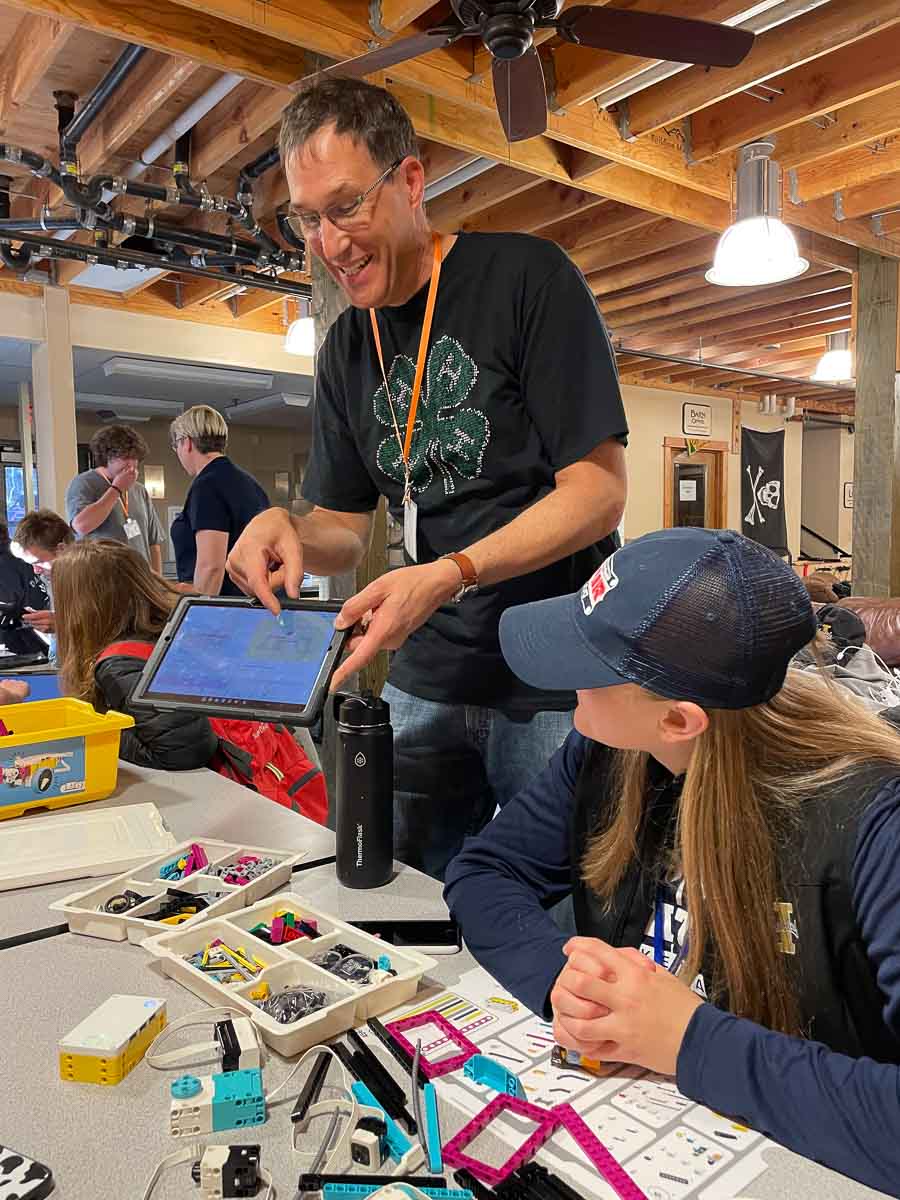
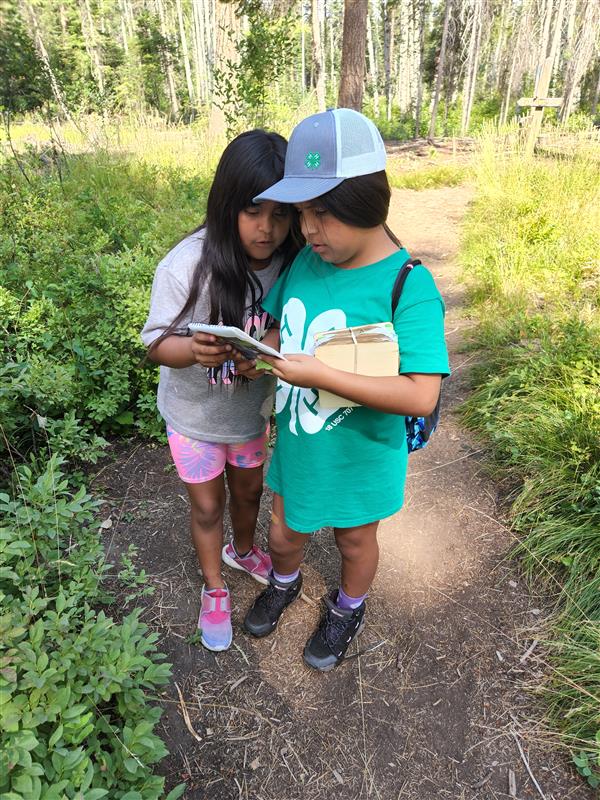
Featured Programs
- Giving Tuesday, Nov. 28, Online, Support youth in your county with a gift to University of Idaho Extension 4-H Youth Development
National events
- Ignite by 4-H Teen Summit, March 13-17, 2024, Washington, D.C.
- National 4-H Conference, April 19-24, 2024, Apply in Zsuite Nov. 1-30, 2023, Washington, D.C.
- National 4-H Dairy Conference, Oct. 2-6, 2024, Apply in Zsuite June 1-30, 2024, Madison, Wisconsin
- National 4-H Congress, Nov. 28-Dec. 3, 2024, Apply in Zsuite June 1-30, 2024, Atlanta
State events
- Know Your Government Conference, Feb. 17-19, 2024, Registration opens Dec. 1, 2023, Boise
- State Teen Association Convention, June 24-27, 2024, Registration opens April 10, 2024, Moscow
- Idaho 4-H LEAD Summit, Oct. 4-6, 2024, Registration opens August 14, 2024, Cascade
4-H in the News (Recent popular press articles)
- TV Boise, Sept. 24, 7's HERO: Garden Valley 4-H community raises money for little girl who had brain surgery (msn.com)
- Intermountain Farm and Ranch, Idaho Falls, Sept. 5, Tune Into a New 4-H Podcast,
- Intermountain Farm and Ranch, Idaho Falls, Sept. 5, She is Accomplished in a Variety of 4-H Projects
- Intermountain Farm and Ranch, Idaho Falls, Sept. 21, She Plans to Always Have Livestock in Her Life
- Intermountain Farm and Ranch, Idaho Falls, Oct. 18, A Round Robin Qualifier
- Intermountain Farm and Ranch, Idaho Falls, Oct. 26, KTVB, She’s Raised a Variety of 4H Livestock
- Intermountain Farm and Ranch, Idaho Falls, Oct. 5, First Time Raising a 4-H Goat







